Some good news!
04.08.2025 15:50 — 👍 1 🔁 0 💬 0 📌 0Danielle Ferraro
@dferraro.bsky.social
ocean and fisheries @emlab.ucsb.edu co-organizer @rladiessb.bsky.social
@dferraro.bsky.social
ocean and fisheries @emlab.ucsb.edu co-organizer @rladiessb.bsky.social
Some good news!
04.08.2025 15:50 — 👍 1 🔁 0 💬 0 📌 0emLab is on Bluesky 🥳
27.07.2025 15:32 — 👍 1 🔁 0 💬 0 📌 0Our Director, Ben Halpern, joined @ologies.bsky.social with Alie Ward to talk all things aquaculture ecology — from sustainability to seafood futures. 🌊
Tune in for an insightful conversation! 🎧
#Aquaculture #MarineScience #OceanConservation #SustainableSeafood #Sustainability #OlogiesPodcast

A handwritten letter with anatomically incorrect cartoon drawings of an ocean sunfish and flying fish.
The program was also a great opportunity to practice my highly detailed, anatomically correct fish drawings.
02.06.2025 19:20 — 👍 0 🔁 0 💬 0 📌 0My penpal's last letter said: "I still think it's so cool you get to travel and see the ocean...I hope you get to travel to many more beautiful places as your career expands. Who knows, you might discover a whole new species and you can name it after you!" 🥹🥹🥹
02.06.2025 19:20 — 👍 0 🔁 0 💬 1 📌 0I LOVED participating in the Letters to a Pre-scientist program this year - was matched with an 8th grader and we exchanged snail mail discussing our interests and what diff career paths can look like.
Highly recommend prescientist.org for a low-effort (only 4 letters!) way to meaningfully engage 📬
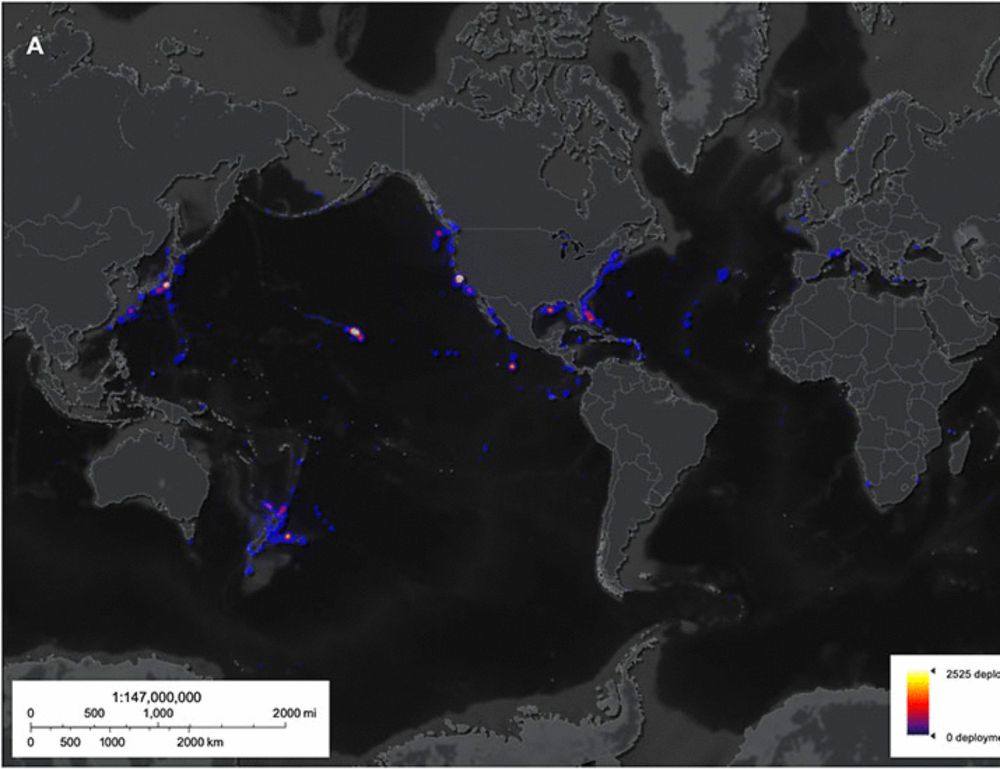
Fast-forward 4 years and a ton of research later, and my initial estimate remains the same--we've seen ~0.001% of the deep seafloor, an area approx the same as the size of Rhode Island.
@oceandiscleague.bsky.social published this work in @science.org Advances today: www.science.org/doi/10.1126/...

A photo of a sandy beach in Santa Barbara with Velella velella aggregations washed up on the shore.

A photo of a sandy beach in Santa Barbara with Velella velella aggregations washed up on the shore.
Tis the [Velella velella] season.
17.04.2025 00:27 — 👍 3 🔁 0 💬 0 📌 0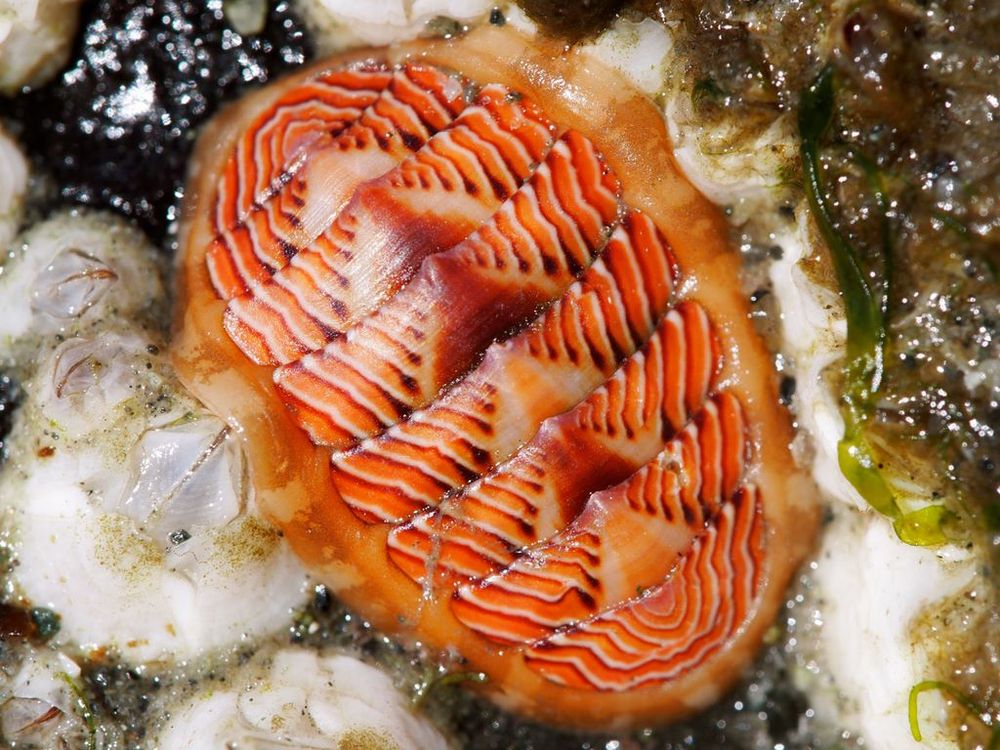
Oval-shaped mollusc with stunning patterns in orange and white. The animal has eight more or less oblong shells that articulate with each other at the long edges. It kind of looks like a steampunk armadillo, if an armadillo didn't have a head, tail or legs. And was mechanical. The shells have an unpatterned triangle along the midline, with slanted patterns of bright orange, dark orange and white. The chiton is on a rock and is surrounded by barnacles. Tonicella lineata (Tonicellidae): Washington, USA. © Wendy Feltham CC BY-NC https://www.inaturalist.org/photos/3971245
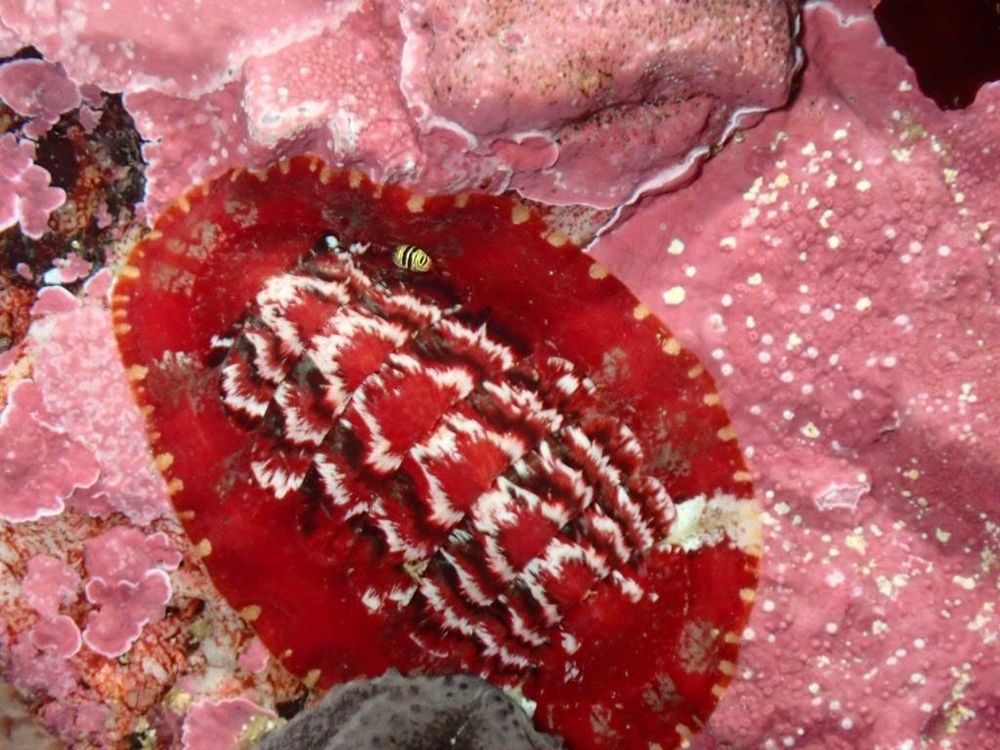
Stunning bright red and white chiton that looks so obvious but is nestled on a background of pink coralline algae. It might not be such a striking contrast to a more casual glance. (Or with non-colour vision.) This creature looks like a tapestry. The girdle (which runs around the edge of the shells) is wide and a superb crimson with little beige spots at the edge that make it look frayed and break up the smooth outline. The eight shell valves are red, black (or very dark red) and white and the line pattern is ragged, so it looks as though it's been embroidered. The impression is not of a hard mineral surface, but of velvety fabric. This species is very variable in colour and this pattern is not the most frequently encountered, but it's too lovely to ignore. Callochiton dentatus (Callochitonidae): Cape Town, South Africa. © anjadocke CC BY-NC https://www.inaturalist.org/photos/403740209
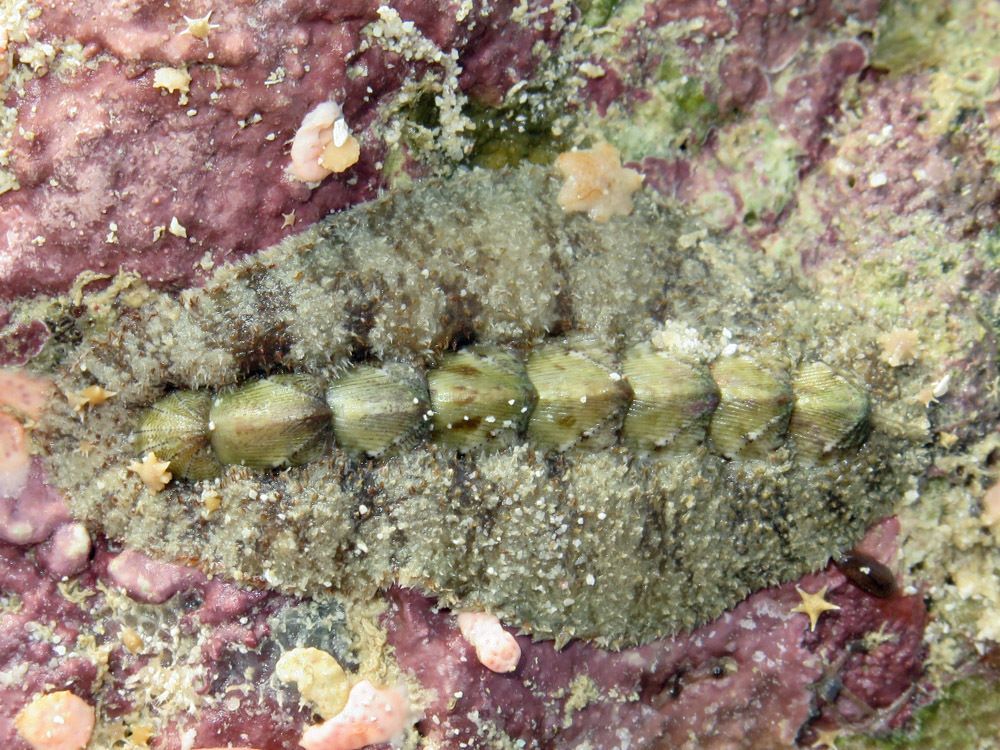
After the orange and red chitons, this one is much more cryptic, but it's included to show the range of shell shapes. Like the others, this has eight shells or valves, but they are small tear-drop shaped shells that articulate with each other at a narrow point. They look like a spine protruding from the mottled grey-green tissue of the girdle. Apologies for that mental image. The actual image is less off-putting. Schizochiton incisus (Schizochitonidae): Queensland, Australia. © Anne Hoggett CC BY-NC https://www.inaturalist.org/photos/82844901
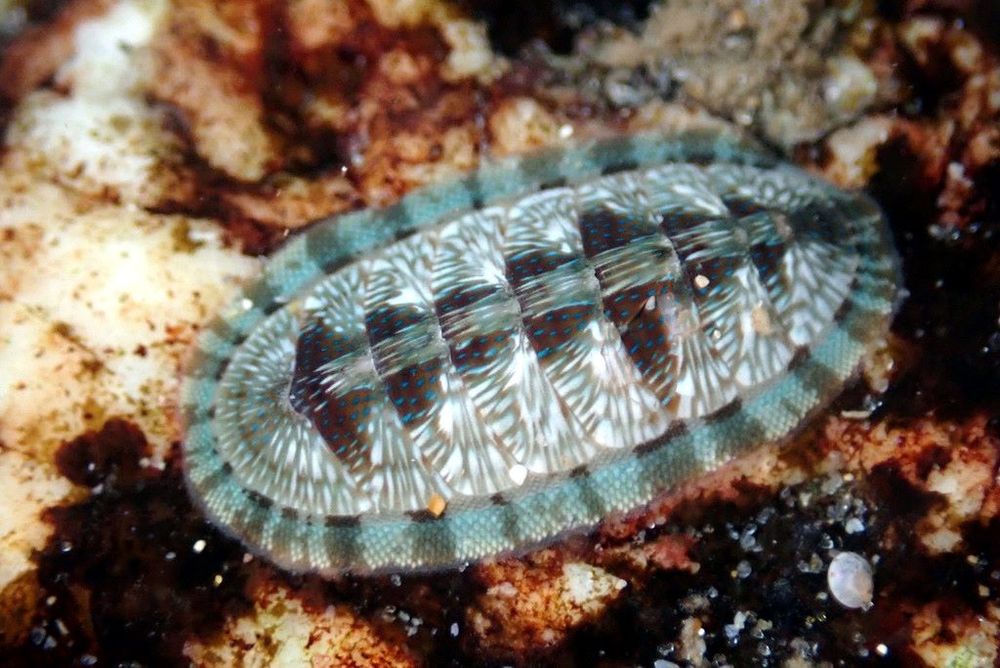
Back to the pretty chitons! This one is blue, white and brown. That combination doesn't sound promising -- you probably wouldn't paint your living room in those colours -- but it works on this mollusc. The girdle looks like snakeskin (with tiny scales) and is banded in pastel blue and light brown. The shell valves have broad brown triangles along the midline, which are overlain with pale blue streaks and bright blue dots. On either side of those brown triangles, a pattern of light brown lines and zigzags radiate to the edge of the shells. It's not vividly hued but it is a lively pattern. Ischnochiton smaragdinus (Ischnochitonidae): South Australia. © Matt Tank CC BY-NC https://www.inaturalist.org/photos/88356217
This thread asks the question on everyone’s mind: What’s the deal with chitons?
First, some of them are really lovely. (1/11)
Pics: © Wendy Feltham © anjadocke © Anne Hoggett © Matt Tank CC BY-NC
#addOcean
We're planning a future R-Ladies meetup - please share with us your tips on how to keep your code hip and relevant 💁♀️
13.02.2025 20:36 — 👍 0 🔁 0 💬 0 📌 0*tap tap* This thing on? We’re SO excited to have made it over to this platform! We can’t wait to connect, learn, and share with the R communities blossoming here 🌼
30.01.2025 23:33 — 👍 7 🔁 3 💬 0 📌 0Hellooo, Bluesky! Here for science-conservation-nature-ocean-fisheries-data-Rstats goodness. Excited to find new and old communities on this platform 💫 If you're reading this, let me know if you have any newbie tips for using this app!
18.11.2024 23:47 — 👍 1 🔁 1 💬 0 📌 0